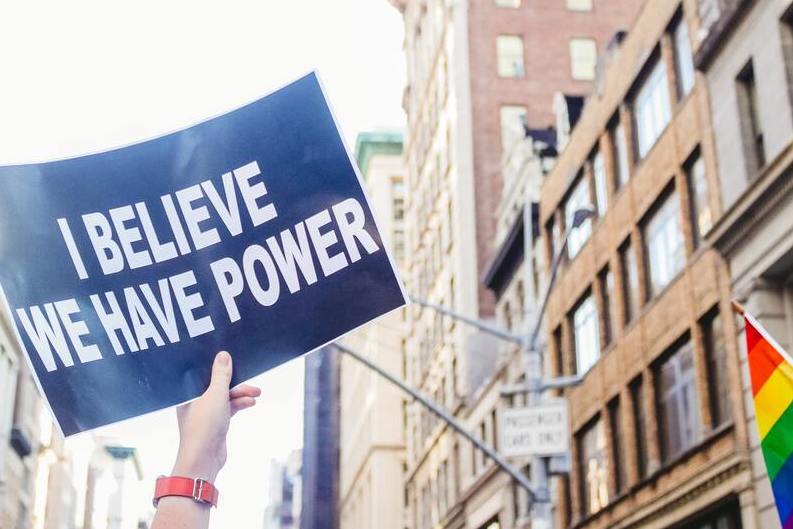
Buying a home is perhaps the biggest purchase anyone will make in their lifetime. It’s a huge financial asset, one that is so often linked to what it means to be financially independent in America. As a company that is invested in championing homeowners, we wanted to reflect on our mission by taking a historical look at women’s relationships to finance. While home ownership was not always attainable, it’s important to recognize how a person’s journey to home ownership can be influenced by their relationship to money and access to resources.
In honor of Women’s History Month, we’re exploring some historical legislation that impacted women and how it played a role in home ownership. This reflection allows us to better understand why championing homeowners is a mission rooted in equality, and why we hope to be a partner they can trust with their home and future.
Let’s take a trip down the timeline!
1760s
Even before we think about women owning property in America, the colonies adopted an English law that said women become their husbands’ property through marriage. Known as the Law of Coverture, a woman’s legal status was determined by that of her husband’s. In other words, the husband and wife were treated as one entity and women were forced to relinquish their property rights. As early as the 1760s, obtaining property on their own was a far aspiration, especially considering they were considered property themselves.
1839
Beginning in 1839, after the colonies became US states, we saw the first Married Women’s Property Acts. These laws helped fix some of the problems women were facing under coverture. The Married Women’s Property Acts allowed married women to own property, keep their own income, and engage in business. This was a step in the right direction for making home ownership accessible to women, however not without limitation. Most times, the incentive to give women these rights came due to economic crises (like the passing of a husband) and not because women were considered autonomous individuals by default.
1960s
Fast forward to the twentieth century and many banks still would not issue women credit cards or allow them to open checking accounts without her husband’s permission. Not only that, women couldn’t obtain a business loan or get a mortgage without a male co-signer. This posed a clear and obvious issue, as obtaining a mortgage became dependent on the presence of men. In essence, women lacked the financial independence to get a mortgage that wasn’t gatekept by men.
1968
In 1968 President Lyndon B. Johnson passed the Fair Housing Act. This legislation prohibited discrimination in real estate on the basis of sex, race, religion and a number of other protected classes. As it relates to home ownership, the law protects against discrimination in mortgage broker services, home loan modification assistance, and homeowners insurance.
1978
The Pregnancy Discrimination Act is passed in the US. This protected women from being terminated from their jobs because of pregnancy. Pregnancy is a natural and normal experience that shouldn’t influence a person’s right to employment. This act was a way to ensure women had stable incomes. Whether or not they planned to become homeowners, everyone should be entitled to job security.
2009
The Lilly Ledbetter Fair Pay Restoration Act gives people the right to sue companies for pay discrimination even if the occurrence happened over six months ago. When we consider the Great Financial Crisis, this act allowed people, especially women like Lily Ledbetter, to demand just payment, especially when coming out of the economic crisis of 2008.




